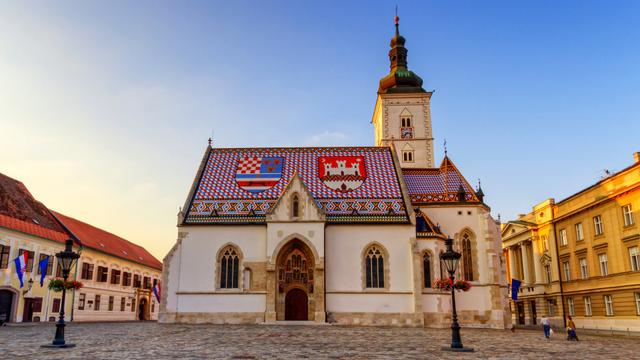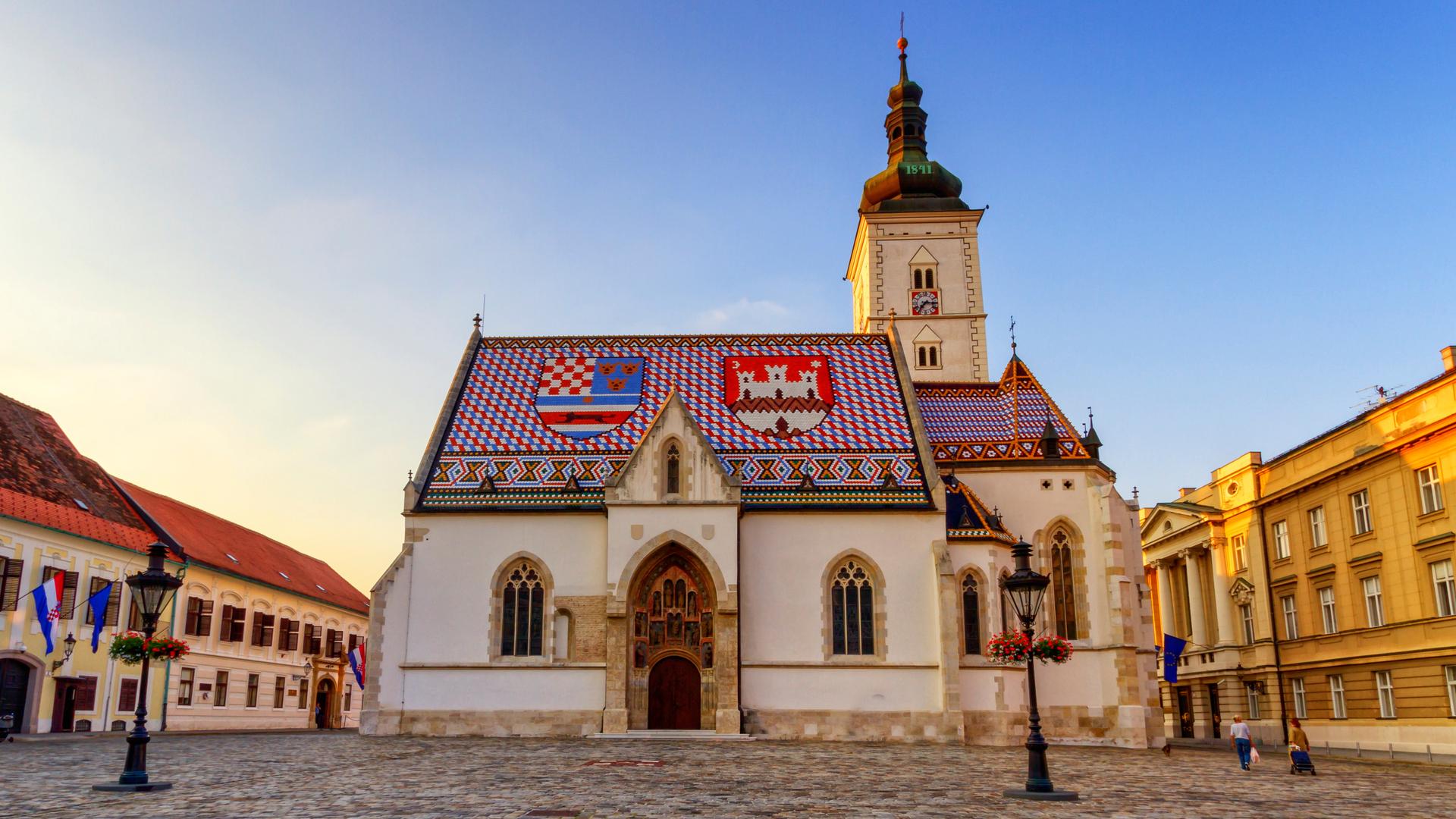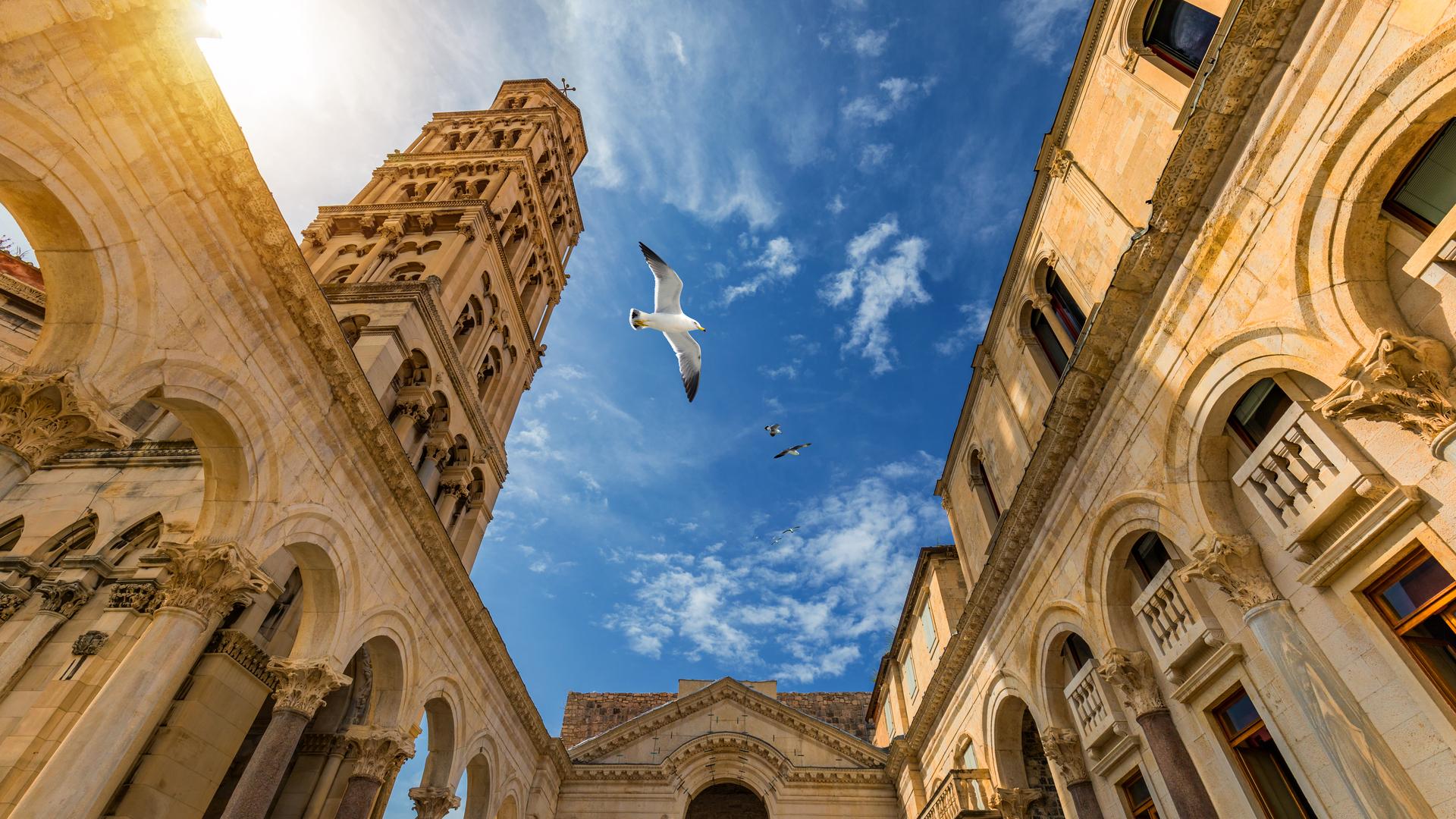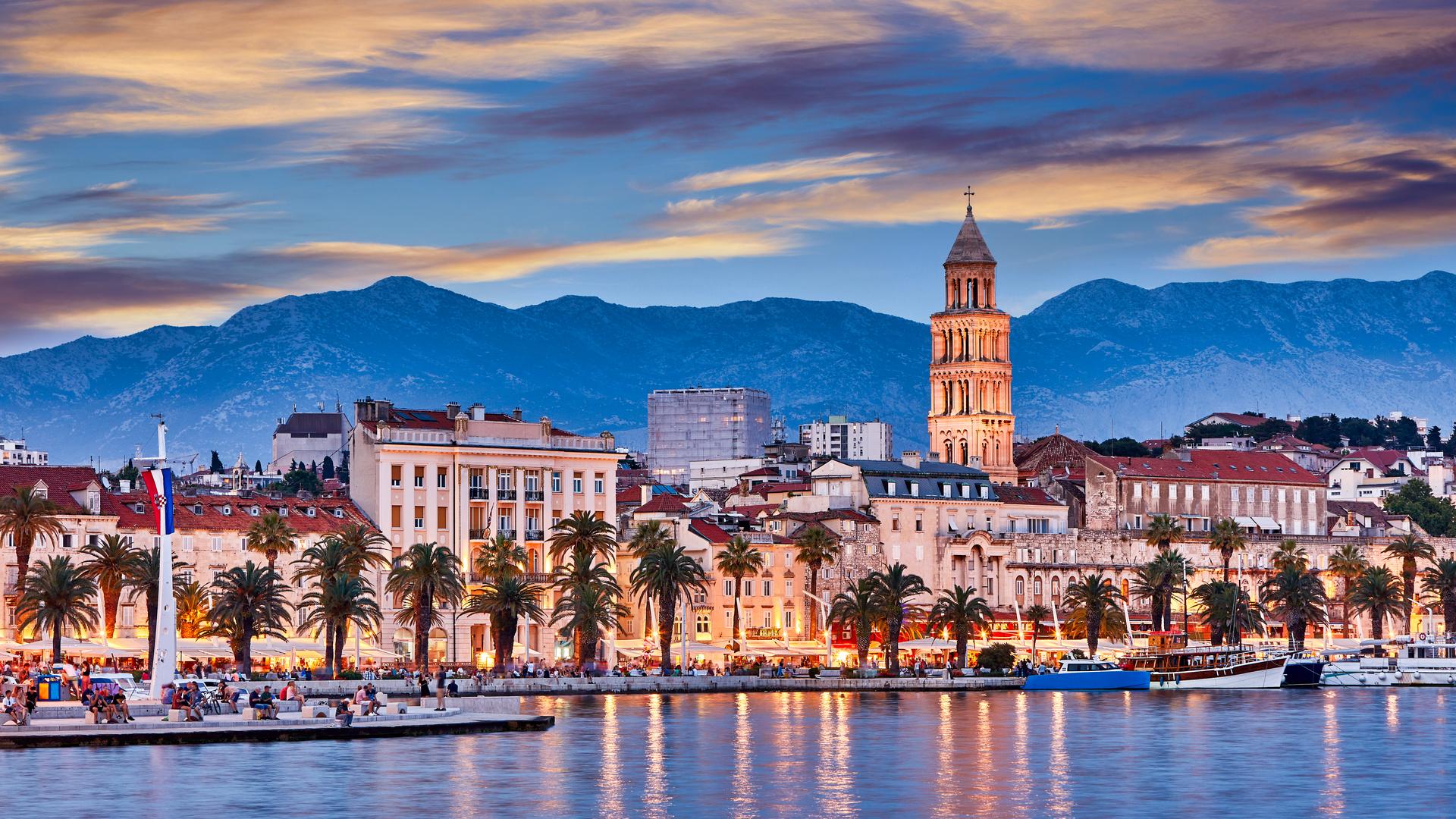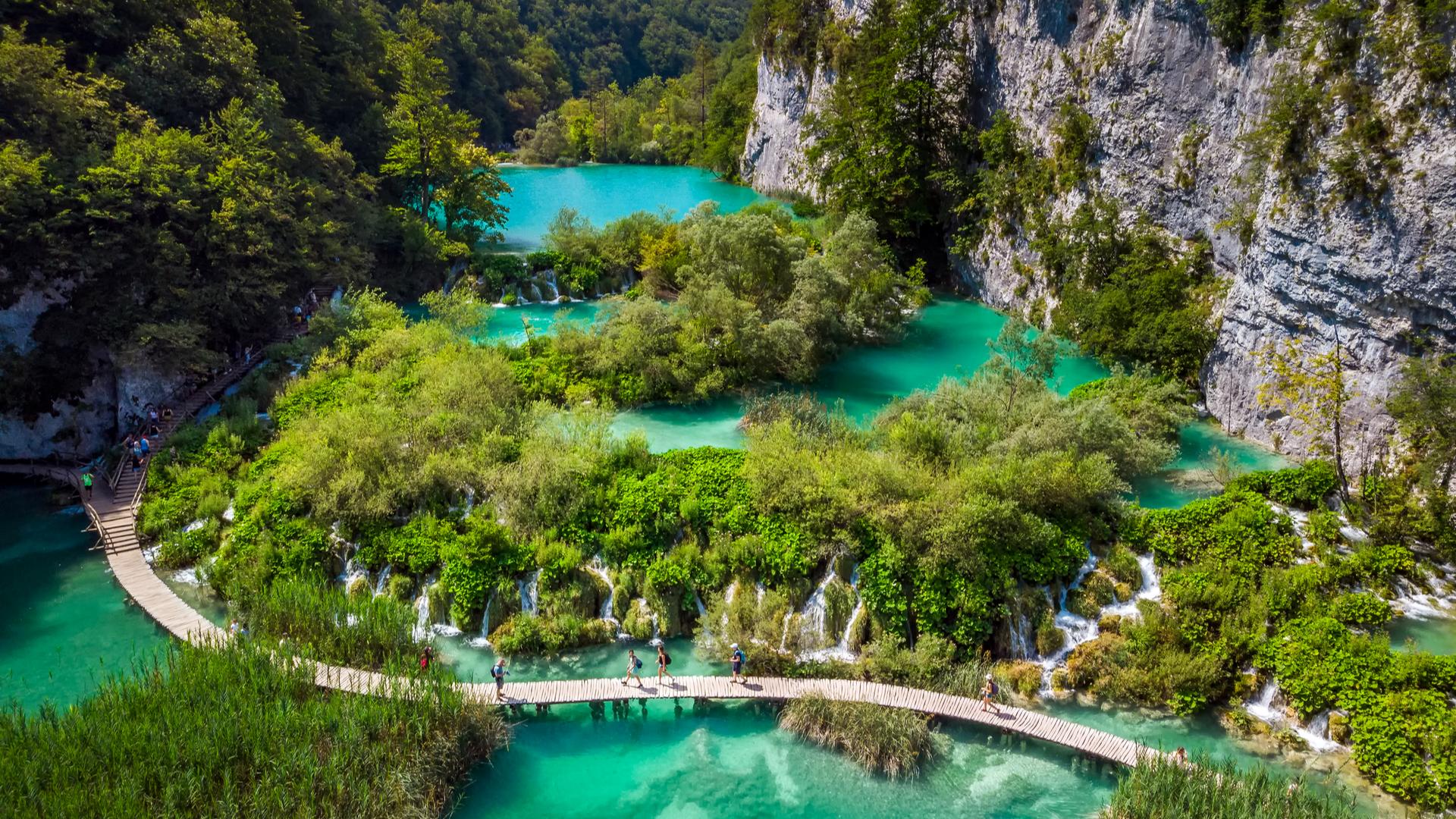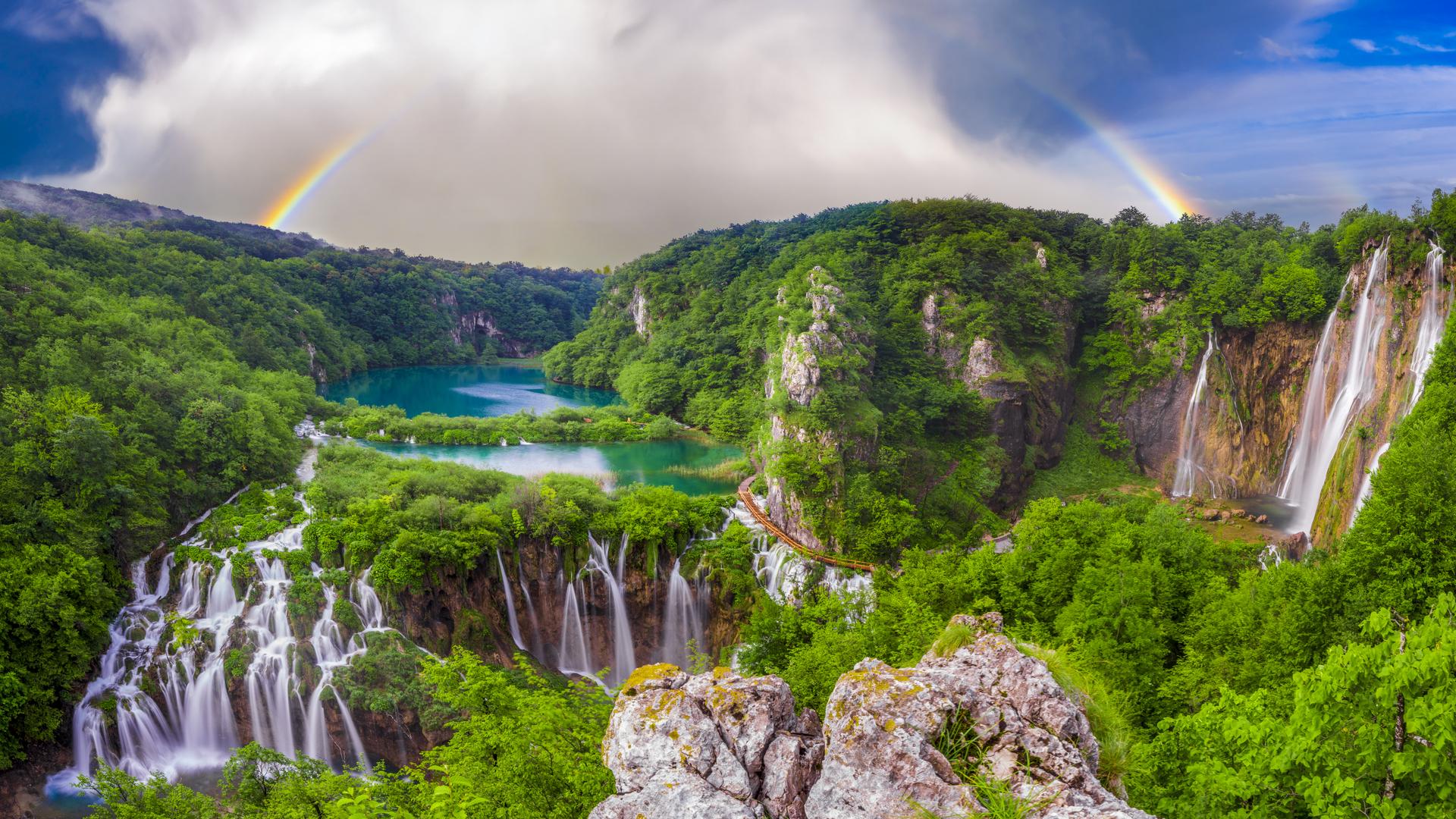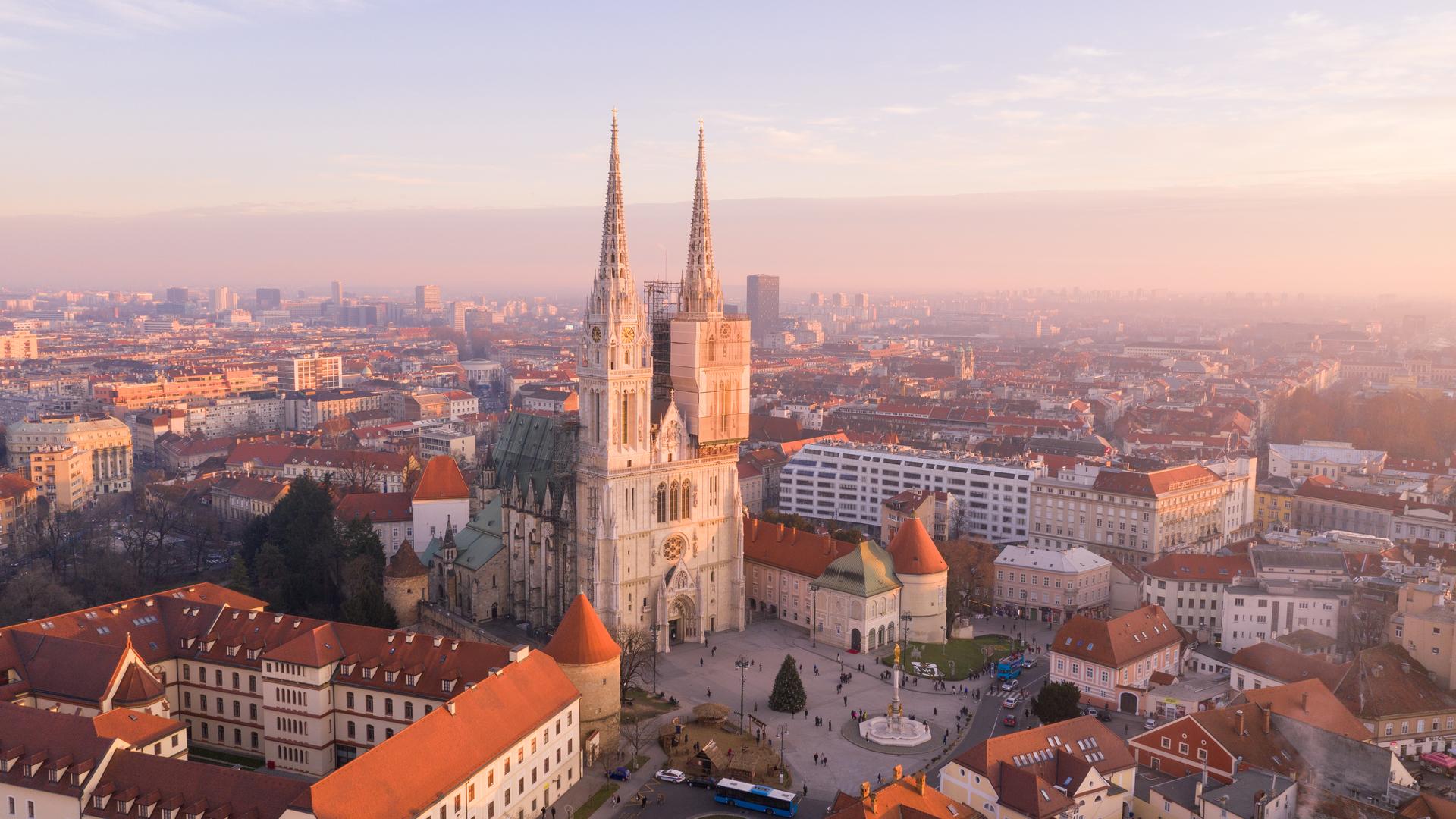Zagreb - Plitvice - Split
Similar popular transfers:
Zagreb to Split via Plitvice Lakes private transfer
Book a luxury tailor made transfer Zagreb to Split via Plitvice Lakes The best way to go and visit Split is to book a private transfer from Zagreb to Split via Plitvice Lakes National Park. We guarantee You that You won’t regret any of this day.
Private Tours in Croatia is a Croatian transfer service owned by Maci-Tours which offers a luxury tailor made transfers to and from any destination in Croatia and neighbouring countires. Private Tours in Croatia has at its disposal a fleet of luxurious and premium vehicles that will make your transfer as comfortable as possible.
All services are door2door transfers which means that Your professional English speaking driver will meet You up at Your hotel/private accommodation address. In case if your hotel/private accommodation address is located in strictly pedestrian zone where we are unable to get with the vehicle, we will coordinate meeting point with your host or provide you with nearest possible meeting point Split is located some 400 km from Zagreb and the duration of your transfer is around 4 h. The prices for a Zagreb to Split via Plitvice Lakes National Park private transfer start at 400 euros (the price is per vehicle, not per person). All transfers are customizable and You choose everything. We suggest, You choose!!!
Book Your Zagreb to Split via Plitvice Lakes luxury private transfer
What You can expect on Your Zagreb to Split via Plitvice Lakes private transfer?
On the date of Your Zagreb to Split via Plitvice Lakes private transfer Your professional English-speaking driver will meet You up at Your hotel/private accommodation address whether Your accommodation is in the pedestrian zone or not. After meeting up with Your driver, Your incredible day of Zagreb to Split via Plitvice Lakes transfer where You will see a lot of highlights of Croatia begins. The journey to Plitvice Lakes National Park is about 02h00min. . On your way to Split , You can choose to stop at the village Rastoke, a place which is also called Little Plitvice Lakes. When we arrive at the Plitvice Lakes National Park You’ll have up to 4 hours to explore highlights of National Park, either by boat, train or on foot. You can schedule a meeting point with our driver where he will pick You up. When You return to the van, You will share impressions with Your driver and continue Your Zagreb to Split via Plitvice Lakes private transfer. The journey to Split is about 02h30min On the way to Split we’ll make stop at the Krka rest-stop where You’ll have an opportunity to take some pictures of Skradin, a romantic Mediterranean town and the entrance of the Krka National Park. After You’ve had a drink and have taken some pictures we’ll continue our trip to Split. After a 2h30min drive we will arrive at Your accommodation place. We believe that You’ll have an wonderful experience with us on this journey and we wish You all the best, until we meet again on another journey in the future.
##Transfer includes
• Pick up in Zagreb and drop off in Split via National Park Plitvice Lakes(or vice versa)
• Comfortable air-conditioned vehicle
• Professional knowledgeable English speaking driver
• All cost related to the vehicle – gas, parking, highway tolls
• All costs related to the driver
• Available Wi-Fi in the vehicle
• 0.5l bottle of water per passenger
A few facts about the Plitvice Lakes
Inscribed on the UNESCO World Heritage list due to its outstanding and picturesque series of tufa lakes, caves, connected by waterfalls, the Plitvice Lakes are one of the oldest and largest national parks in Croatia.
The national park was founded in 1949 and is in the mountainous karstarea of central Croatia, at the border to Bosnia and Herzegovina. The name Plitvice was first mentioned in a written document in 1777 by Dominik Vukasović, the priestof from the town of Otočac. This name was designated due to natural phenomena that have created the lakes. Nature formed shallow basins (Croatianplitko means shallow), which have been filled with water.
The national park is world-famous for its sixteen lakesthat are arranged in beautiful cascades. For centuries, water has changed the limestone and thus the landscape of this area. The emerging travertine barriers decelerated and retained the flowing water over time and these dams are continuously growing.
These lakes are all interconnected and follow the water flow, separated by natural dams of travertine, deposited by the action of moss, algae, and bacteria. In 1493, not far away from the Plitvice Lakes, a decisive battle in Croatian history between the Austrian and Ottoman Empire took place. During the Battle of Krbava Field, nearly all of the entire Croatian nobility was killed. In 1871, the famous Croatian politician Eugen Kvaternik was killed north of the lakes in the town of Rakovica, during the famous Croatian uprising against Austrian-Hungarian predominance, marking the long and difficult struggle for Croatia’s independence. During the Croatian War of Independence in the 1990s, the first Croatian soldier was killed in this area, in what is known in Croatia as Bloody Easter.
What to see while at the Plitivice Lakes
There are four programs for sightseeing that you can choose at the entrances to the Park. Apart from exploring the park on foot along the many trails than span the Park and run alongside the lakes, electrical boats and an electrical train that operate within the Park are ideal for sightseeing.
Cycling is also permitted, but only on the designated areas. On the largest lake Kozjak, you can rent a wooden boat and paddle on the lake on all work days. Hiking is another possibility and there are many hiking trails in the Park, on which you can explore the Parks fauna and flora, a large part of which are protected species. Maps of the Park are offered upon entrance. There also numerous restaurants within the Park, built in the old traditional style of the Plitvice region, as well as hotels and camps.
A few facts about Split
Split is the largest city on the Eastern Adriatic and the second largest city in Croatia. It lies on the eastern shore of the Adriatic Sea on a peninsula, under the Marjan hill and is an intraregional transport hub and popular tourist destination. It is often nicknamed The City under the Marjan. The city was founded as the Greek colony of Aspálathos in the 3rd or 2nd century BC on the coast of what was then an Illyrian province. Over time, as the Romans conquered the province, Split became home to the Diocletian's Palace, built for the Roman emperor Diocletian in AD 305. In 1991, Croatia gained seceded from Yugoslavia, at the start of the Croatian War of Independence.
What to see while in Split
The historic city centre of Split was included into the UNESCO list of World Heritage Sites in 1979. Split is one of the centres of Croatian culture and its literary tradition can be traced to medieval times, as the Father of Croatian Literature, Marko Marulić, whose statute stands on the Fruit Square, was born here and achieved world-wide recognition and fame and his works were read even by notable persons such as the English king Henry VIII.
The city is most famous for its Diocletian’s Palace, the old city centre. There you can see the St Duje’s Cathedral on the Peristil, which was at first a mausoleum for emperor Diocletian. The church is combination of ancient Roman architecture and early Christian architecture. From its bell tower, you’ll have a great view of the whole city and the Diocletian’s Palace. Opposite the cathedral, you’ll find the old Jupiter’s Temple, now St Johns church, in front of which stands an original Egyptian sphinx, the other being on the Peristil, both of which emperor Diocletian brought here from Egypt. The Peristil itself, the heart of the Palace, is an excellent example of old Roman architecture, around which later Medieval and Christian structures were constructed. Many cultural events take place on the Peristil during the Split Summer Festival, where plays and operas are performed under the night sky. The Riva is the main city promenade along the seashore, where the bulk of the cafés are located and where people like to stroll and meet with friends in the evenings.
Split also has many museums and galleries. The Museum of Croatian Archaeological is the only museum in Croatia dedicated to researching and presenting cultural artefacts of the Croats in the Middle Ages, between the 7th and 15th centuries. Its collection of early medieval wicker, clay figurines, as well as old Croatian Latin epigraphic monuments make it the largest collection of its kind in the whole of Europe. The Split City Museum at Papalićeva 1, is housed in the former Papalić Palace and exhibits the urban, cultural, artistic and economic heritage of the city. It is also home to the Emanuel Vidović Gallery, dedicated to the most important 20th-century Split painter. The Gallery of Fine Arts, located at Kralja Tomislava 15, is an art museum that contains works from the 14th century to the present day providing an overview of the artistic developments in the local art scene.
The Ivan Meštrović Gallery, located on the Marjan peninsula, is an art museum dedicated to the work of the once world-famous 20th-century Croatian sculptor, Ivan Meštrović, displaying some of his most significant works, the building itself being is an art monument. The permanent collection includes works of sculpture, drawings, design, furniture and architecture. Not far from the Gallery lies Kaštelet-Crikvine, a restored small chapel that houses a set of wooden wall panels carved by Ivan Meštrović. The old Green Market or Pazar is located next to the Diocletians Palace. There you can find fresh, organic food from the Dalmatian Hinterland. The city also has many nightclubs, bars and restaurants, the best being in or around the old city centre. Split is well-connected with all of the Croatian Adriatic islands and is ideally located to make short excurions to the Krka National Park, the islands or near-by cities such as Solin, Trogir or Omiš.


